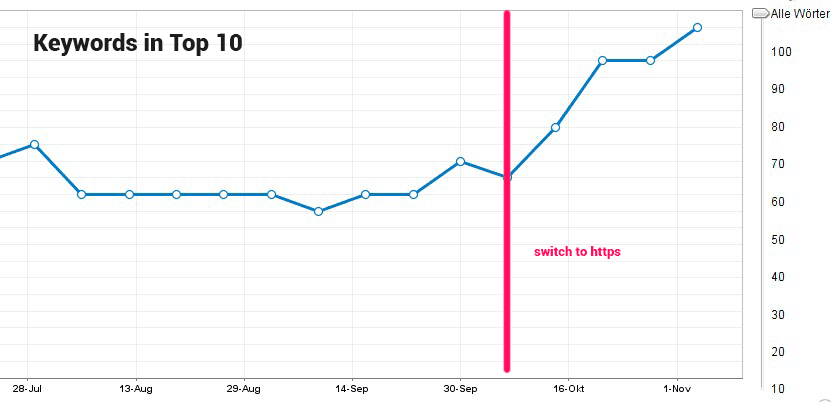Premium account: Sometimes, you may choose to make a payment for an amount due but you haven’t received a bill from the supplier yet, making the payment difficult to reconcile. Similarly, you might receive a payment from a customer before you have issued him with an invoice. These payments and receipts are known as “payments on account.” They are common in industries where credit is used for purchasing goods, and payments are made in drips or varying amounts over time.
What is Paid Account or Premium account
When a customer submits a payment on an account, your bookkeeper makes a journal entry of the amount and the transaction is considered “paid on account.” This simply means the customer has made a payment – which goes in the accounts receivable ledger – on the full amount owed.
additional paid-in capital
The share premium account represents the difference between the par value of the shares issued and the subscription or issue price. It’s also known as additional paid-in capital and can be called paid-in capital in excess of par value. This account is a statutory reserve account, one that’s non-distributable
Share Premium Account
Such expenses that can be written off include commissions paid and discounts allowed. Buybacks can also reduce this account—that is, if the sale price was less than the repurchase price, the difference is debited to additional paid-in capital.
Share Premium Example
For example, a company buys back 1,000 shares at $10 a share, where the par value is $0.01. The original price from the initial sale of this stock was $5 a share. The transaction would be a $10 debit to common stock, $4,990 debit to additional paid-in capital, and a $5,000 debit to retained earnings. Plus, the $10,000 credit to the cash account used for the purchase.



![Free Netflix account Id and Password March 2021[Daily Updated]](https://bloginstall.com/wp-content/uploads/2018/10/Netflix-free-150x150.jpg)